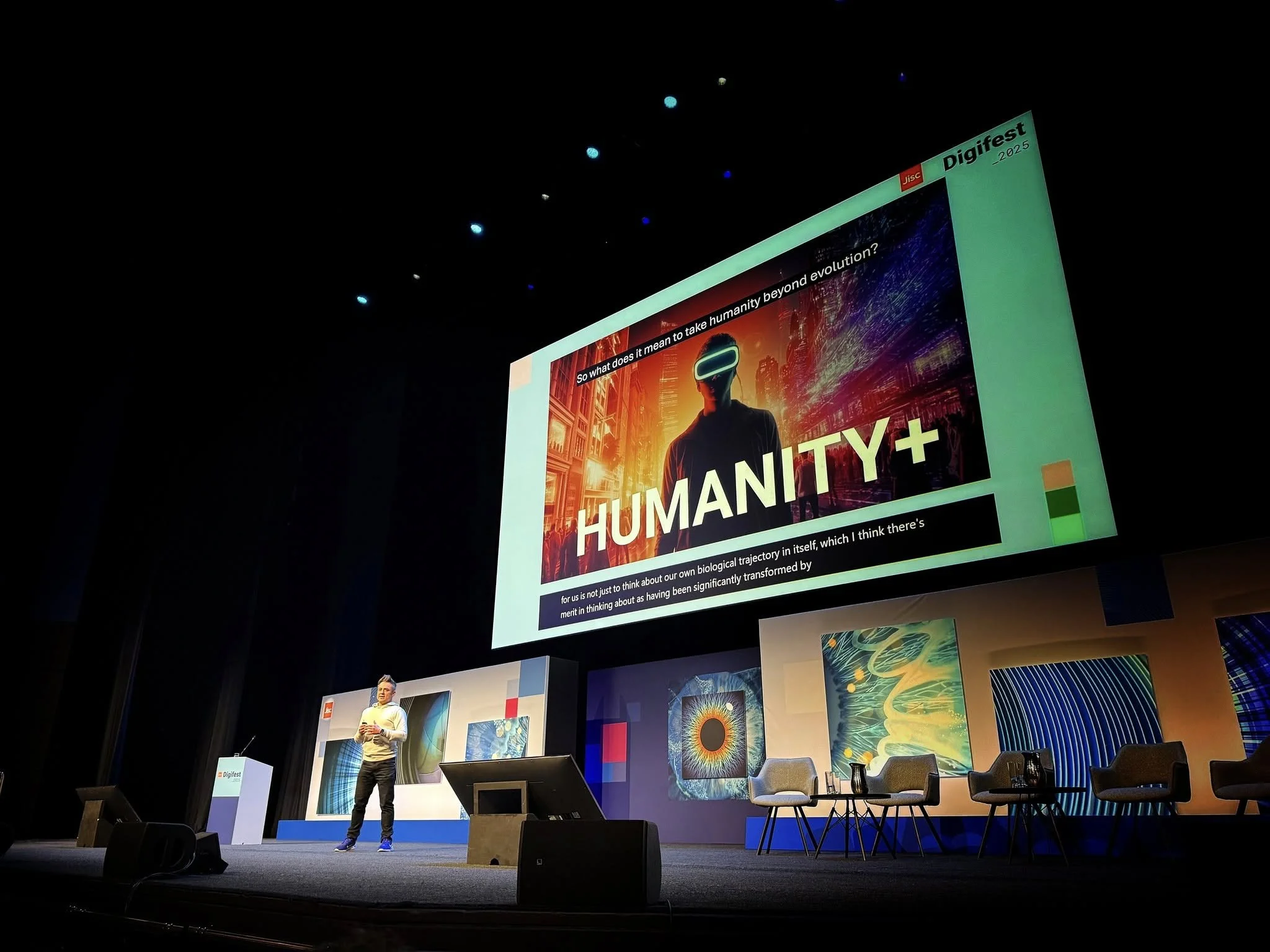
Make it stand out
What’s been happening?
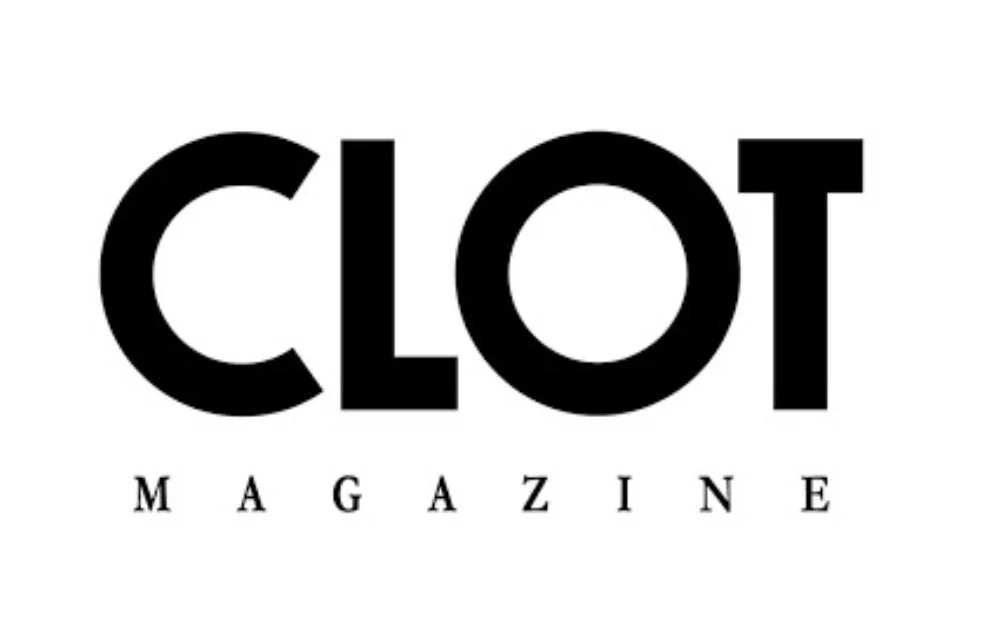
‘How Our Drone Society was Made by Artists and What it Tells us About Ourselves’
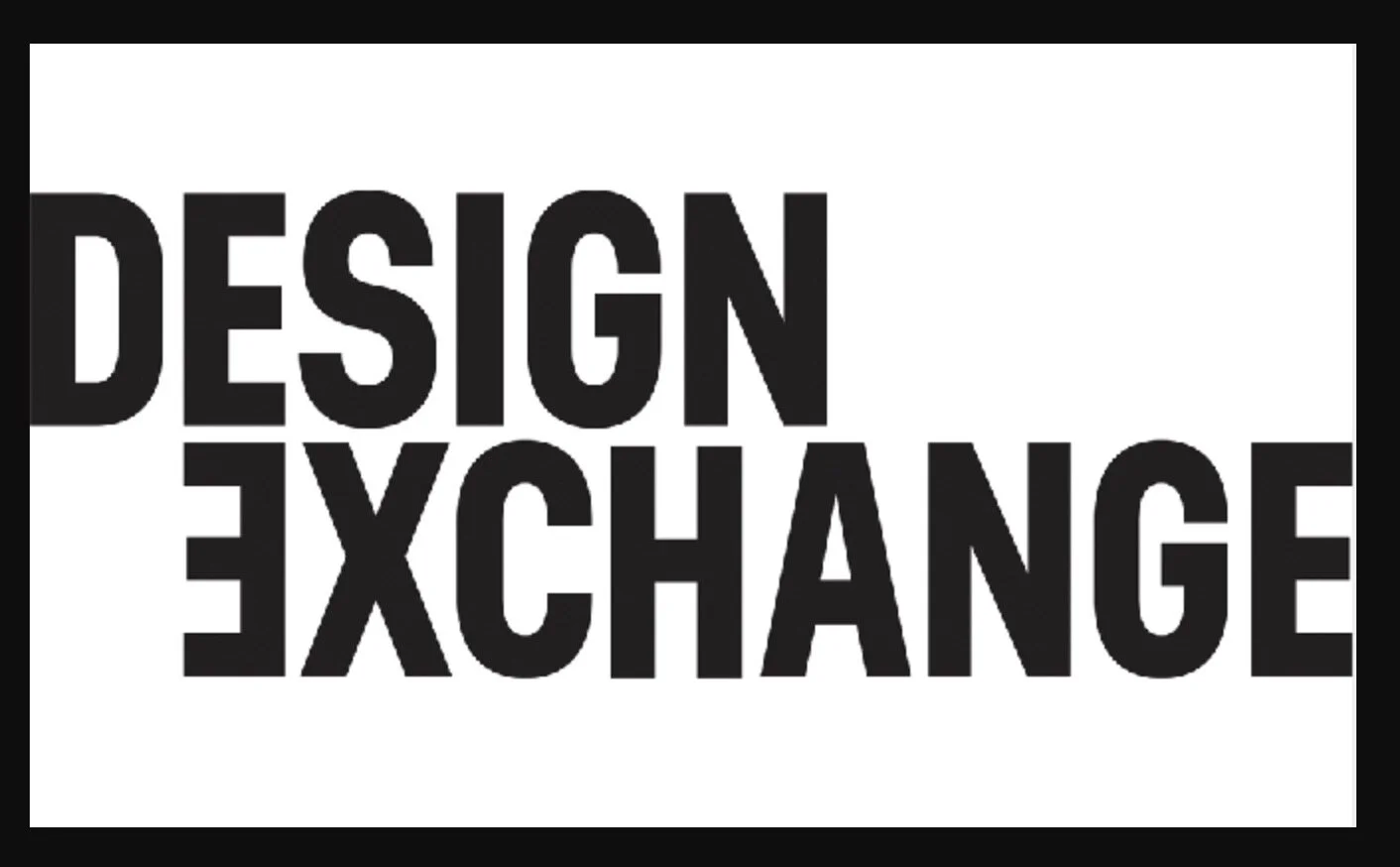
Esports and Transmedia Architecture
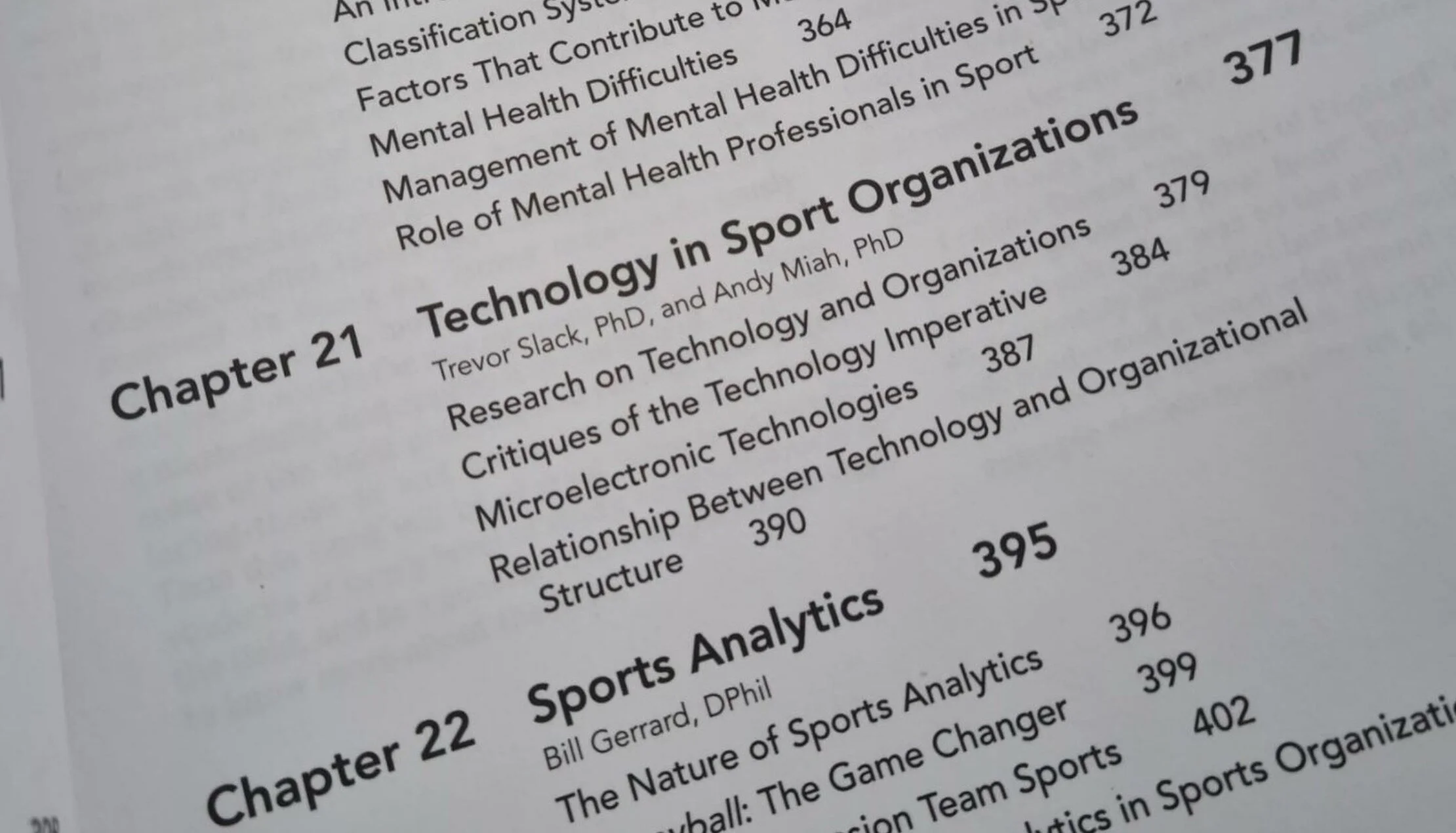
Understanding Sport Organizations
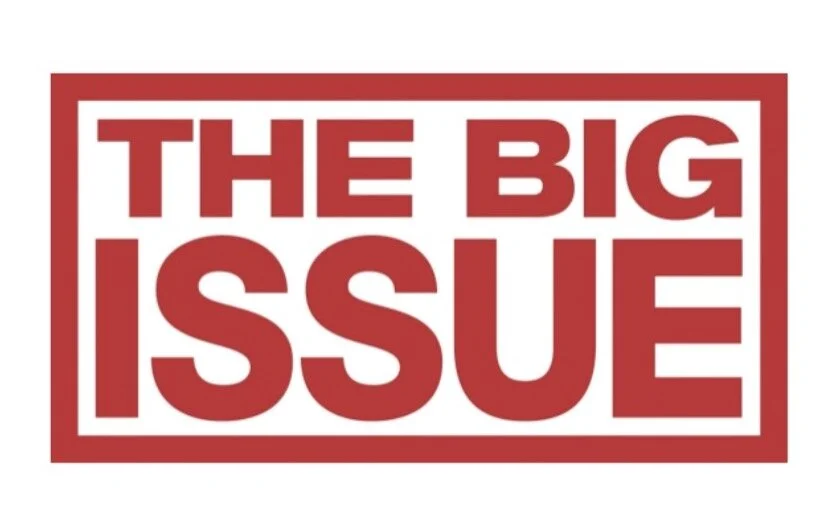
Our Eyes in the Sky
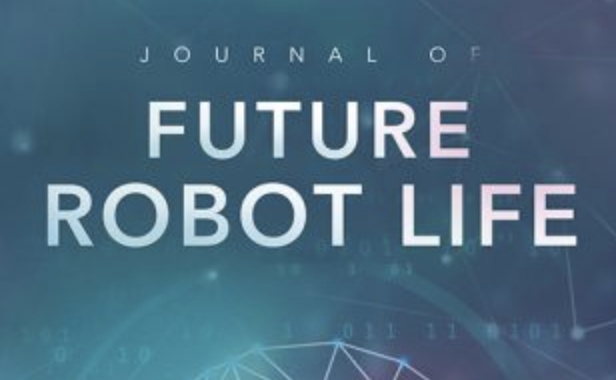
The Journal of Future Robot Life
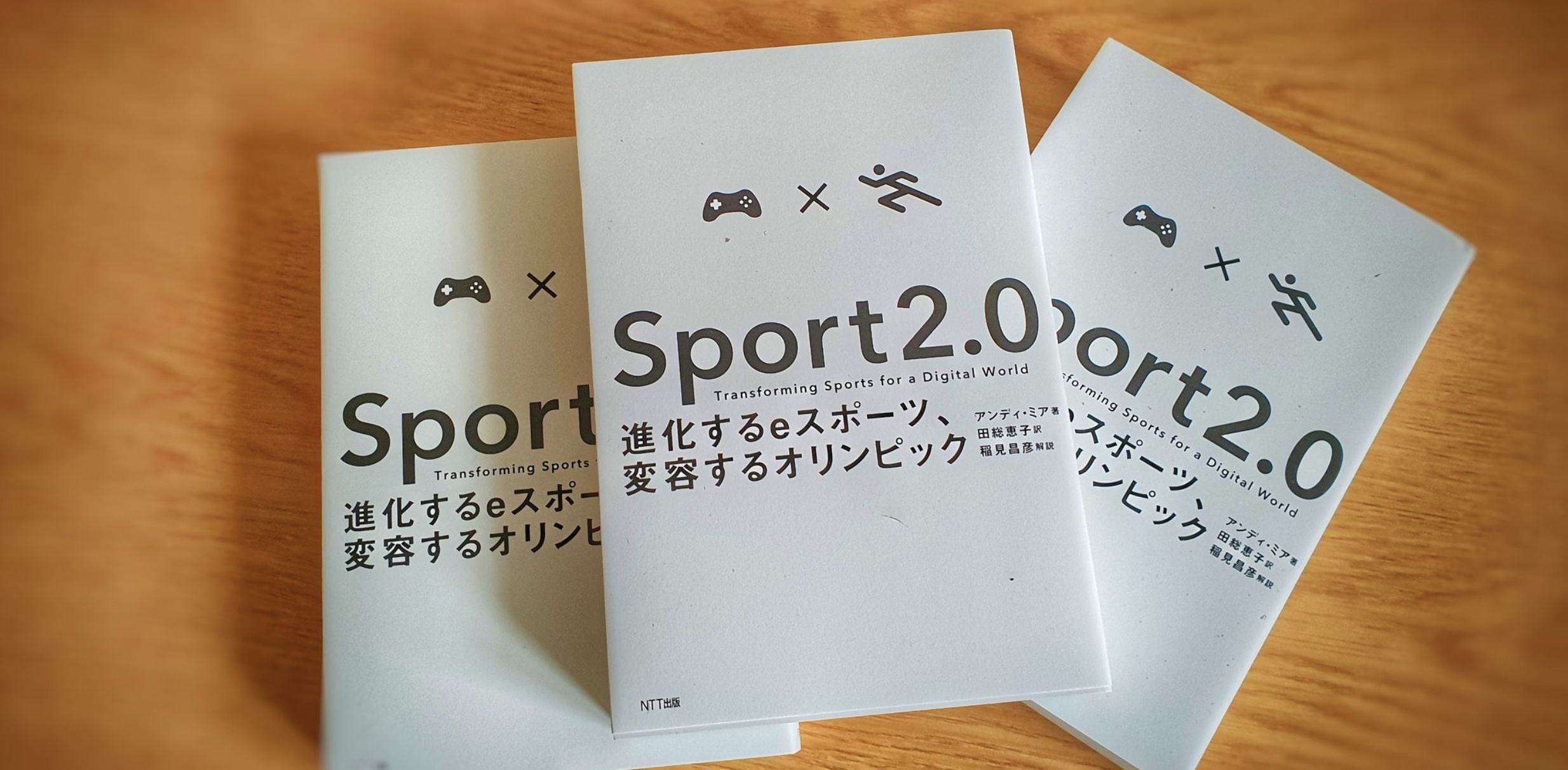
Sport 2.0 published in Japanese

Putting the NHS in Fortnite
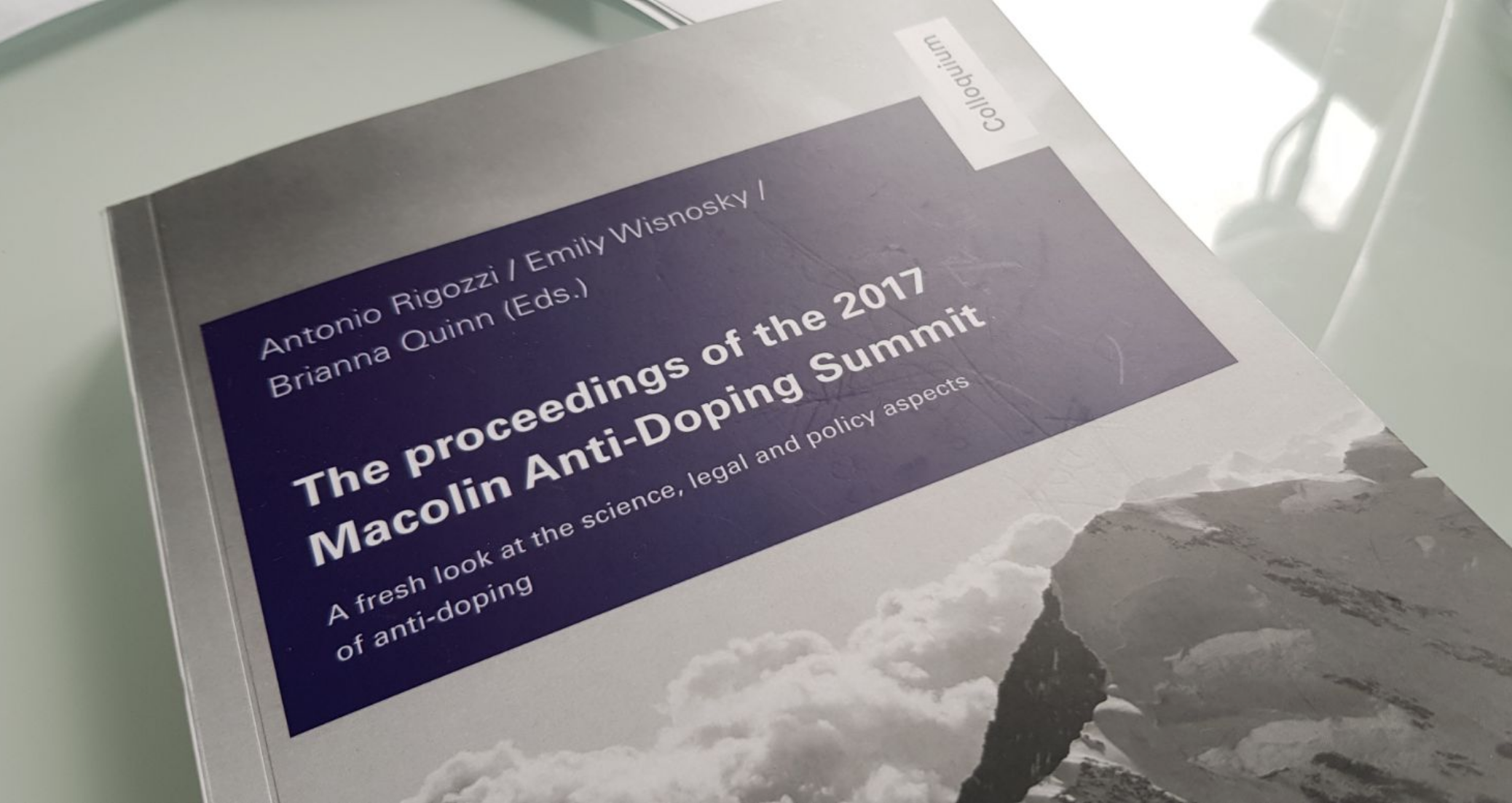
A fresh look at anti-doping
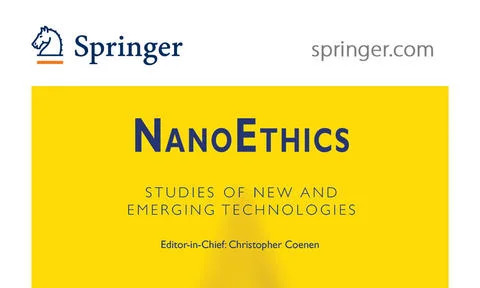
Nanoethics, Science Communication, and a Fourth Model for Public Engagement

Our digital future?

Drones for Good?

The Olympic Movement and New Media (2014)

A Deep Blue Grasshopper: Playing Games with Artificial Intelligence

Bioarte: Actuacion Transhumana y Posthumana

Ethics, Science, Technology, and Engineering: A Global Resource

Understanding Digital Health

Justifying Human Enhancement: The Accumulation of Biocultural Capital (2013)
Spaces for Consumption
Culture @ the Olympics
In advance of Vancouver 2010, we've relaunched the website of C@tO. We'll be taking 10 people to VAncouver to report the lesser known dimensions of the Games, from Olympic Truce to Cultural Olympiad.
